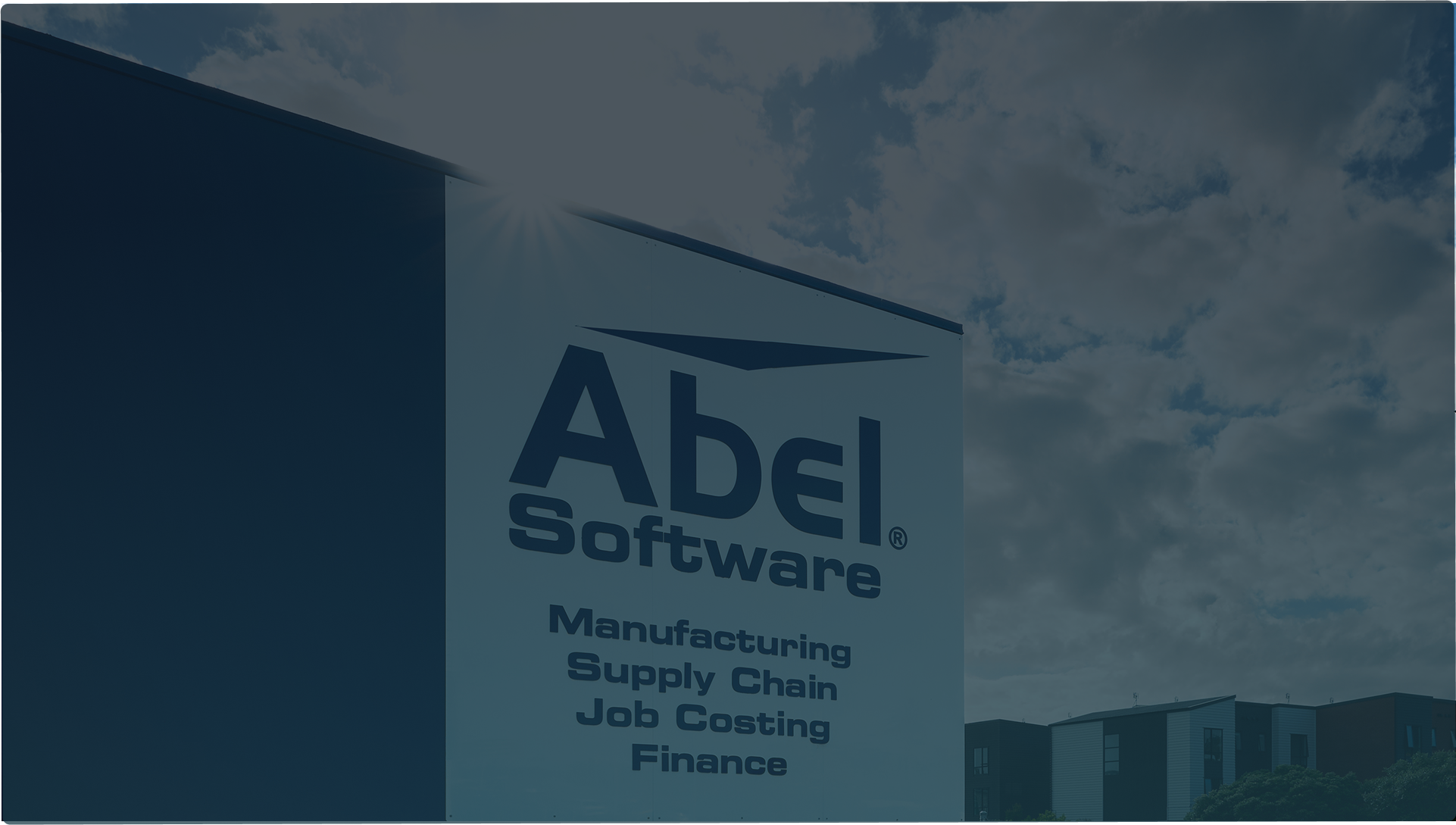If you would prefer to listen to the audio version of this blog, use the media player below.
The retail world is competitive
To be able to compete there is a need to make processes as efficient as possible. Having automated systems & processes will give visibility when data is being exchanged between partners. The end result is real-time data flow between systems used in the process.
For small business owners, it is easy to become consumed by the number of orders and fall into the trap of thinking that dealing with orders manually is just part of your business growing. They may think that bringing in another employee is the right approach to dealing with more and more orders. For medium sized businesses with more complex processes, or supply chain companies, there may be a lack of visibility around the physical operation and processes may seem fragmented
A portion of this is true/visible/tangible cost. Employees have to deal with this process manually, which takes time and therefore costs your company wages. The other portion is far more difficult to quantify. Such as the opportunity cost of not having system integration in place. Think 'what could this employee be doing instead of manually entering in data?' Could they be reaching out to your clients, creating marketing content to help get your brand out there. There are also other non-monetary or difficult to calculate costs such as lower morale from dealing with these processes manually and the cost of entering in incorrect data into your system that doesn't match your partners.
If this is resonating with you, it is important to pause and reflect on your current process and the impact it is having on your business. There is always a cost involved with establishing and managing any EDI integrations. The most important thing is to assess what the cost is to your business without EDI, the cost of implementing and maintaining EDI and most importantly the value the integration can have to your business. As your business grows the value of the EDI only increases.
So how do you calculate whether or not EDI or any form of integration is right for your business?
If you're a supplier/wholesaler/distributor - Think about how long you or your employees spend each day entering in purchase orders/sales orders and invoices.
If you're in transport/warehousing - Think about how long you or your employees spend each day keying in warehouse/transport movements, consignment notes, sales orders, etc.
Now multiply this by their wages, which will give you the total wage cost per day.
USA - The average hourly rate for an office administrator is $15.31. If they manually key in orders, invoices, etc for one hour each day and work 21 days in a month on average the total wage cost would be $321.51.
UK - The average hourly rate in the UK is £11.06. If we use the same assumption as above, 1 hour a day, 21 days a month the total wage cost each month to your business is £232.26.
New Zealand - The average hourly rate in NZ is $20.25. 1 hour a day, 21 days a month at that rate is $425.25.
Australia - The average hourly rate in Australia is $23.12. Using the same math gives you $485.52
The cost doesn't stop there
- Think about what time is spent on the phone with your trading partner discussing the orders when manual keying mistakes are made, or when there isn't certainty around an order.
- Have there been times where you have missed an order coming in? What is the cost of rectifying this?
The value beyond eliminating costs
- Visibility - As a manager you can use your inventory management system to see what is happening in real time with EDI. If systems aren't integrated, you can't see the emails being exchanged, faxes being sent, so you lose visibility.
- Management of errors - A good EDI provider should have management of errored messages. E.g. if the SKU code, store number, or any other data your trading partner is sending you, or you are sending them is incorrect, this will be picked up through a good EDI system.
Conclusion
It's difficult to quantify the cost of not having EDI. The only easy way to gauge direct costs is looking at the amount of time spent keying data in manually multiplied by wages. There are intangible costs that aren't as easily measured. In the end of the day it's up to you whether it is worth implementing an EDI solution. If you are dealing with 3-4 orders a week and you expect this to be the norm for the foreseeable future, then manually keying the orders in is probably the right way to go. If you are dealing with 15 orders a week, then it's only going to add value to your business to implement EDI, especially if you are growing.




